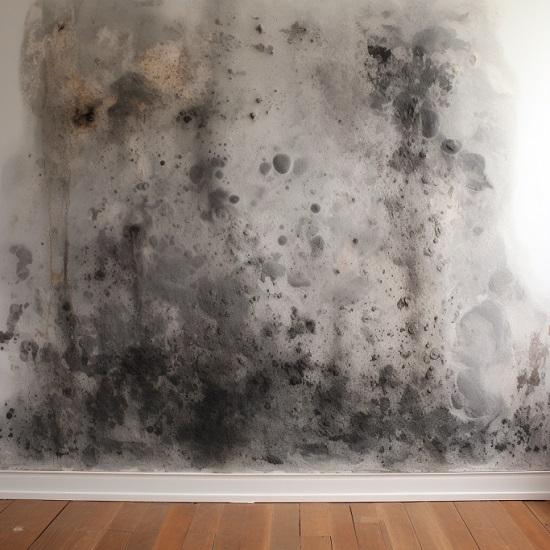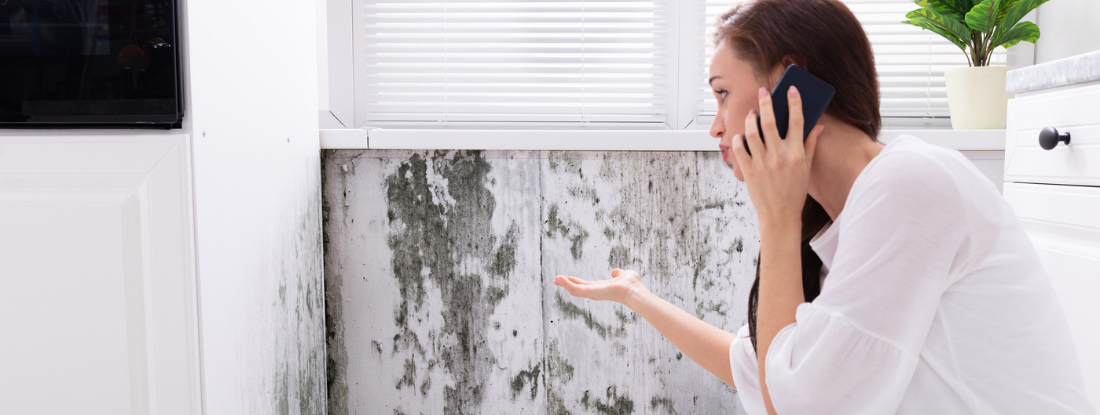Effective Message Mold And Mildew Removal Solutions for Your Home
Mold and mildew growth in homes can be a persistent problem, typically requiring an organized strategy for efficient post-remediation solutions. From recognizing the elements that contribute to mold growth to executing proper cleansing strategies and moisture control procedures, the process can be intricate yet critical for keeping a healthy living environment. what to do after mold remediation.
Comprehending Mold Development Elements
The main variable contributing to mold development is moisture. Mold and mildew spores require moisture to germinate and thrive, making moist or humid settings very vulnerable to mold infestations.

In addition, airflow and light exposure can affect mold and mildew growth. Locations that do not have proper air flow and all-natural light are much more vulnerable to mold advancement. By resolving these elements adequately, people can efficiently alleviate mold and mildew growth and safeguard their living atmospheres.
Correct Mold Cleaning Methods
Making use of reliable cleansing approaches is important in attending to and stopping the reoccurrence of mold and mildew contamination in indoor environments. The first action in correct mold and mildew cleansing is to have the afflicted area to prevent the spread of spores to unpolluted locations.

Applying Moisture Control Steps
To effectively stop mold development and contamination in indoor atmospheres, carrying out moisture control procedures is critical. In addition, guaranteeing correct ventilation in areas prone to moisture build-up, such as restrooms and cooking areas, can help minimize the risk of mold and mildew development. By vigilantly applying these moisture control procedures, homeowners can properly decrease the probability of mold and mildew recontamination and maintain a healthy and balanced interior atmosphere.
Utilizing Natural Removal Solutions
After effectively applying moisture control steps to stop mold and mildew growth in indoor atmospheres, home owners can currently discover the effectiveness of natural remediation options in preserving a healthy and balanced home. All-natural removal remedies like this utilize eco-friendly techniques to fight mold and mildew and mildew, making them a popular choice for those seeking non-toxic alternatives. One such service is utilizing vinegar, a natural antimicrobial agent, to clean and disinfect surface areas contaminated by mold and mildew. Merely weaken vinegar with water and spray it onto the influenced locations, permitting it to rest for a couple of hours prior to wiping clean. Additionally, tea tree oil, known for its antifungal properties, can be combined with water and splashed onto mold-infested surfaces to hinder additional growth. Another natural alternative is hydrogen peroxide, which can properly eliminate mold on various surfaces without leaving unsafe deposits behind. By integrating these natural remediation remedies right into their cleaning regimens, house owners can successfully fight mold development while advertising a healthier indoor environment for themselves and their family members.

Keeping a Mold-Free Setting
In order pop over to this web-site to avoid mold and mildew reappearance and make sure a consistently mold-free atmosphere, it is crucial for homeowners to carry out aggressive upkeep practices. Regularly checking locations vulnerable to mold and mildew growth, such as restrooms, cooking areas, attic rooms, and basements, is crucial. Dealing with any leaks, water damages, or excess wetness immediately can significantly decrease the danger of mold advancement. Post Remediation verification. Appropriate ventilation in areas with high moisture degrees is additionally crucial to avoid mold growth. Utilizing dehumidifiers or exhaust followers can assist preserve optimal dampness degrees and discourage mold and mildew spores from growing.
Additionally, preserving cleanliness in the home is essential for mold and mildew prevention. Regularly cleansing and cleaning surfaces, carpetings, and upholstery can aid eliminate mold and mildew spores before they have a possibility to settle and increase. Utilizing mold-resistant items for building products and furnishings can additionally assist in creating a mold-free atmosphere. Lastly, keeping interior plants in check and ensuring appropriate water drainage in outdoor landscape design can minimize wetness accumulation, reducing the likelihood of mold and mildew problems. By following these positive upkeep techniques, property owners can efficiently maintain a mold-free living room.
Conclusion
To conclude, it is necessary to attend to mold development factors, utilize linked here proper cleaning strategies, execute dampness control steps, make use of natural removal services, and preserve a mold-free environment in order to successfully deal with post mold and mildew remediation in your house - Post remediation mold testing near me. By adhering to these strategies, you can stop mold and mildew from recurring and make sure a healthy and balanced living environment for you and your family
The main variable adding to mold and mildew growth is moisture. Mold spores need dampness to sprout and grow, making moist or damp settings highly vulnerable to mold invasions.To efficiently protect against mold and mildew development and contamination in interior environments, implementing moisture control steps is vital. Additionally, making sure appropriate air flow in locations susceptible to moisture accumulation, such as shower rooms and cooking areas, can assist decrease the risk of mold growth.After successfully implementing dampness control actions to protect against mold development in interior atmospheres, property owners can now discover the effectiveness of natural removal options in preserving a healthy living space.